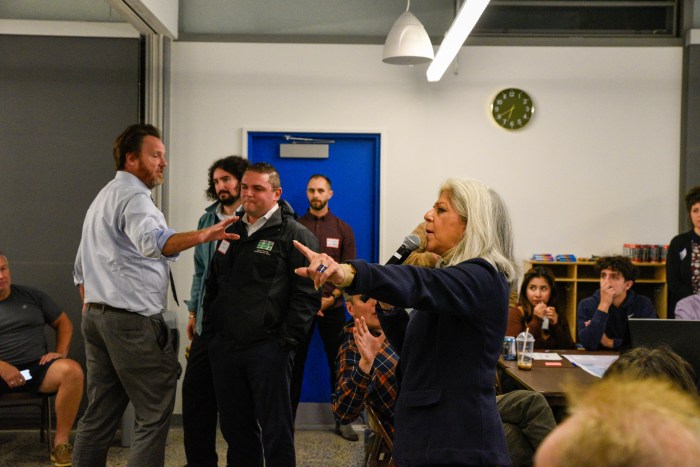Douglaston and Little Neck residents are up in arms over the possible R2A rezoning that would limit all single-family homeowners from expanding their homes.
R2A zoning, already in place in Bayside and College Point, was introduced to limit the overdevelopment of “McMansions” by installing new maximum wall and building heights and revising total lot coverage parameters.
In R2A, the maximum street wall height is shortened from 25 feet to 21, and the height of the building, which used to be determined by the sky exposure plain, is at 35 feet. R2A also greatly affects the amount of living space in a home and shortens the percentage of a lot that may be covered by a home.
Under R2, basements and attics were not included in the floor area ratio; they were like a bonus. But if the new re-zoning is passed, both of the above will be counted.
At a recent Douglaston-Little Neck Civic Association meeting, those in attendance let their objections be known. “It makes the homes too small,” said Chris Petallides, a consulting engineer in the area and Community Board 11 member. “It’s very restrictive. It goes the other way too far.” If passed, R2A would greatly impair the ability of homeowners to build new additions.
“The people on my street all have deep lots and they’re not happy,” said one member of Community Board 11 who resides in the area, and preferred to be unnamed. “A lot of these people are advancing in years and they’re counting on that house as their major investment. So anything that might affect their ability to sell their home, they’re not happy about.”
A significant stumbling block in the Douglaston-Little Neck area is the differences between homes next to one another. One homeowner, for example, who would be in a R2 zone now, may be forced to sit on his plot when it changed to R2A, while another with a larger lot size who would be in R1-2 can continue to rebuild and refurnish.



































